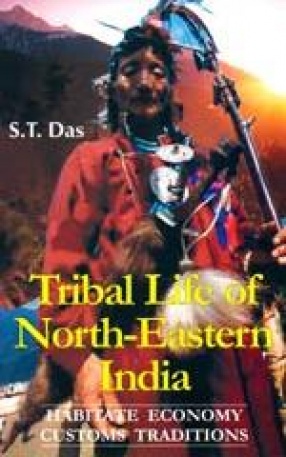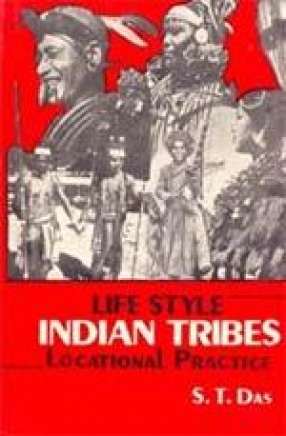

The North-East region of India originally comprised the composite Assam or old Kamarupa and the two native states of Manipur and Tripura. Assam alone as it exists at present, no longer comprises the North-East region. The other constituents are Nagaland, Meghalaya, Manipur, Tripura, Arunachal Pradesh and Mizoram. Although Assam of the past or the North-East region as it is called at present, had been known from its own civilization, its ...

The power of a nation is conditioned by (i) what that nation is in relation to people and national consciousness, (ii) what it has in land and material resources. Under material resources are classified all those material things needed for maintaining a peace time economy and for waging war. To direct military planning, to participate actively in a war or even to understand military strategy and tactics, one must know the effects of geographical forces on ...

It deals with the salient tribal problems and their development emphasising on the principle of distinctive elements of the tribes and the effect of so-called welfare schemes and the acculturalisation.

Giving a new translation and interpretation of the basic works of Vasubandhu the Yogacarin, the author shows that Yogacara metaphysics is basically the same as that of the early Buddhism. He contends that the Yogacara writings are open to interpretation in terms of realistic pluralism, and thus challenges their traditional interpretation in terms of idealistic monism. His translation is faithful to the original, arguments convincing and consistent, and ...
